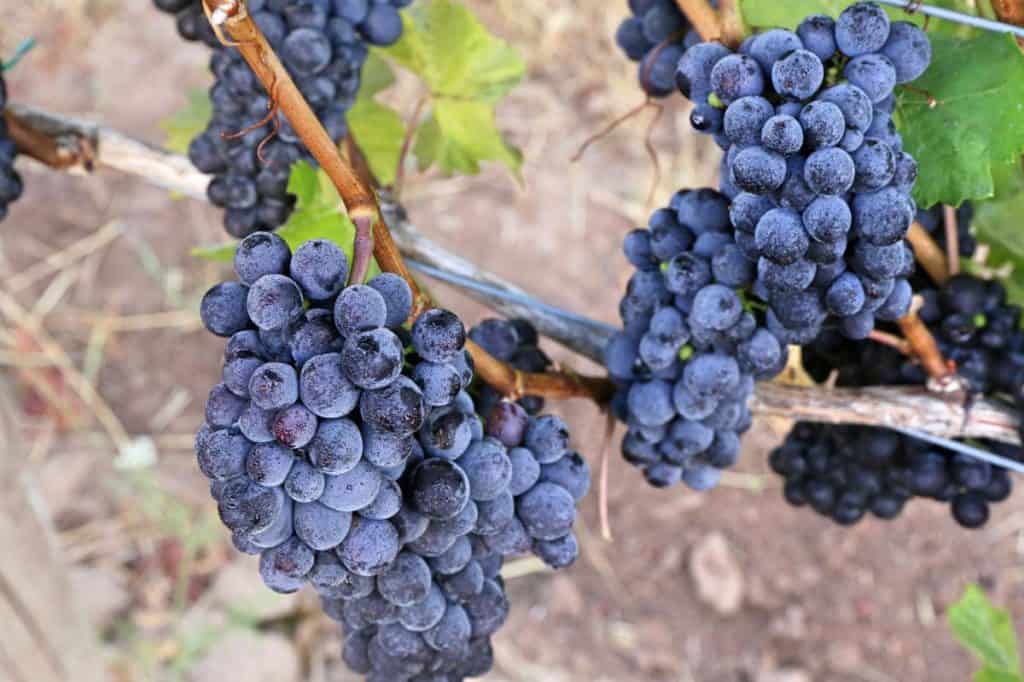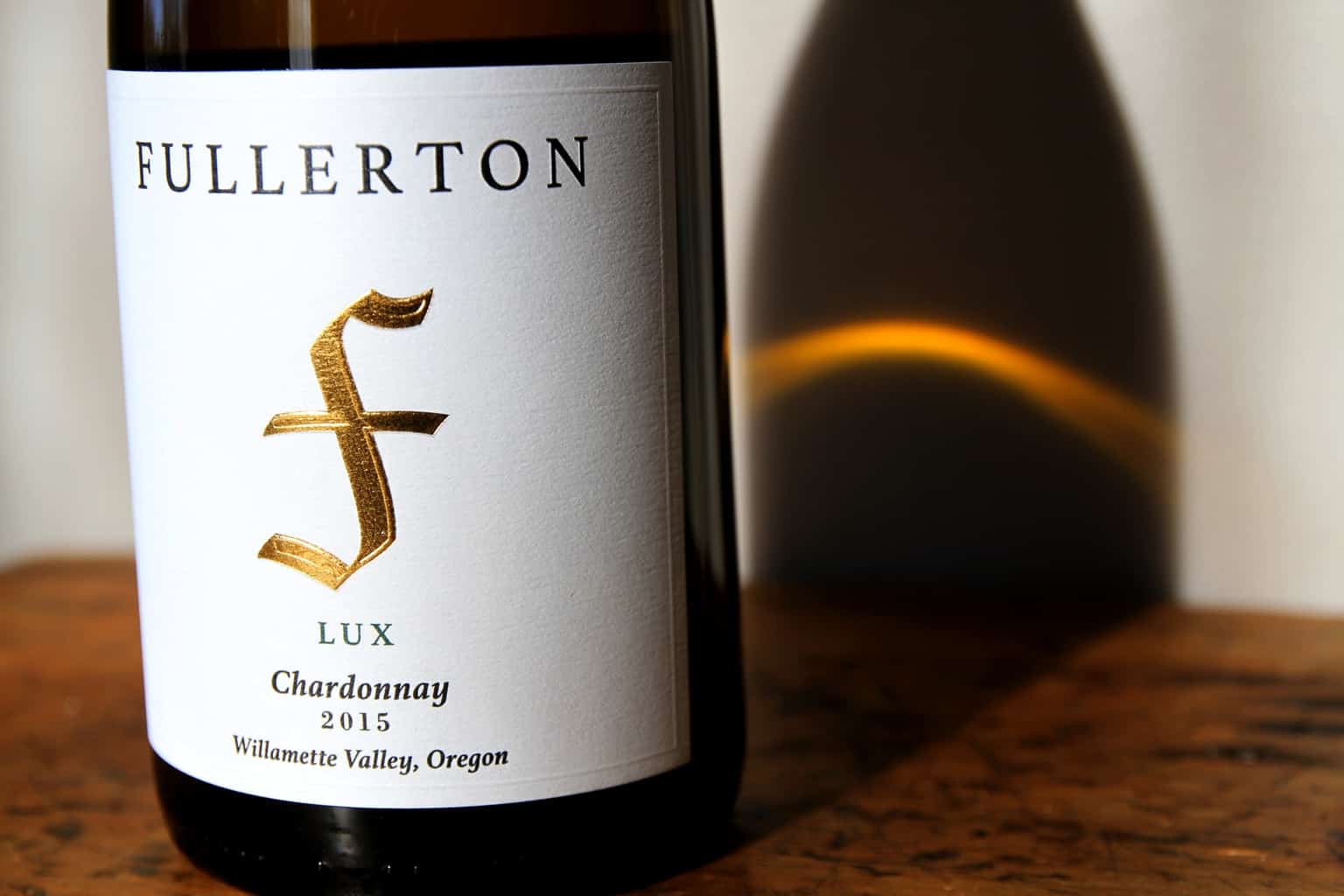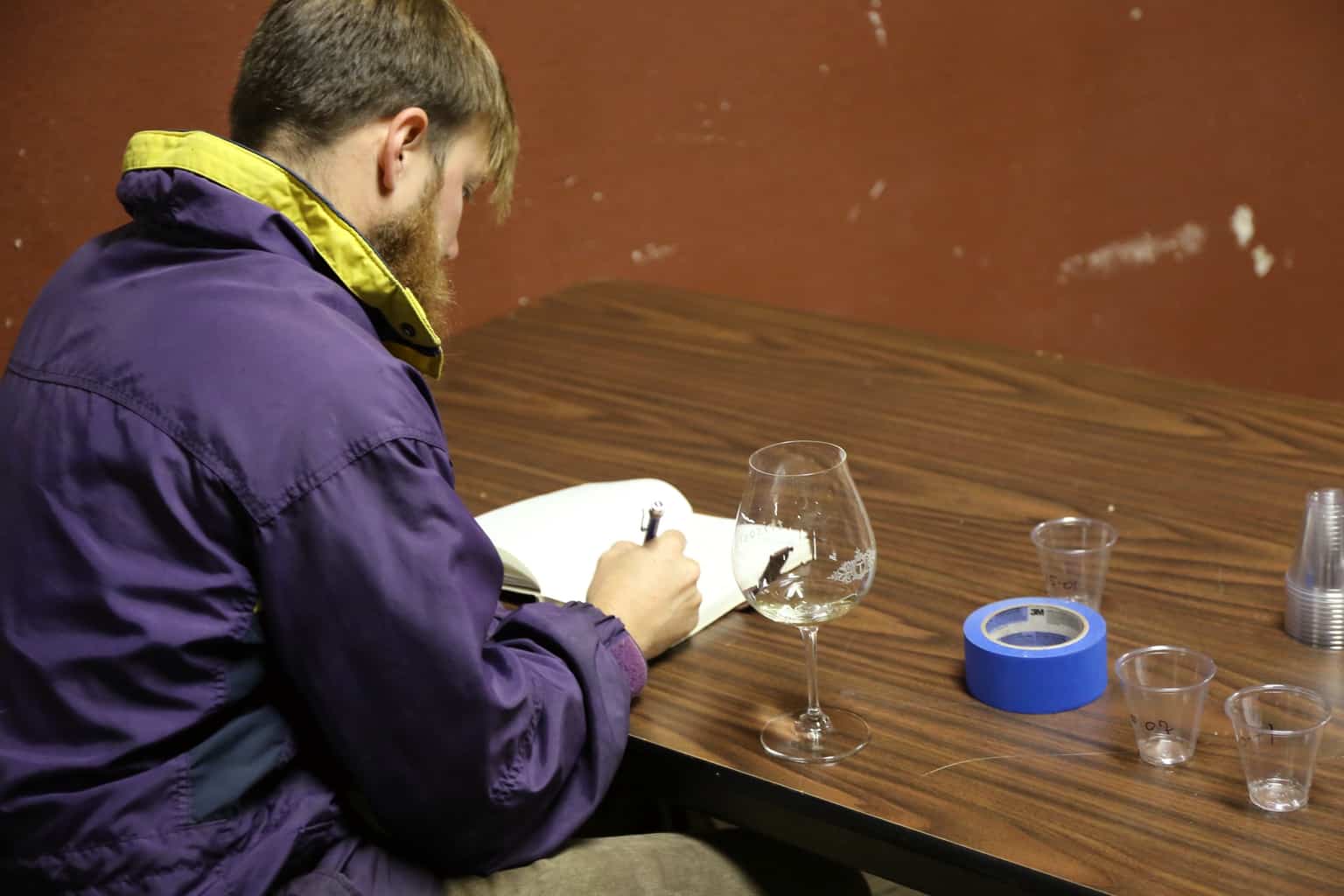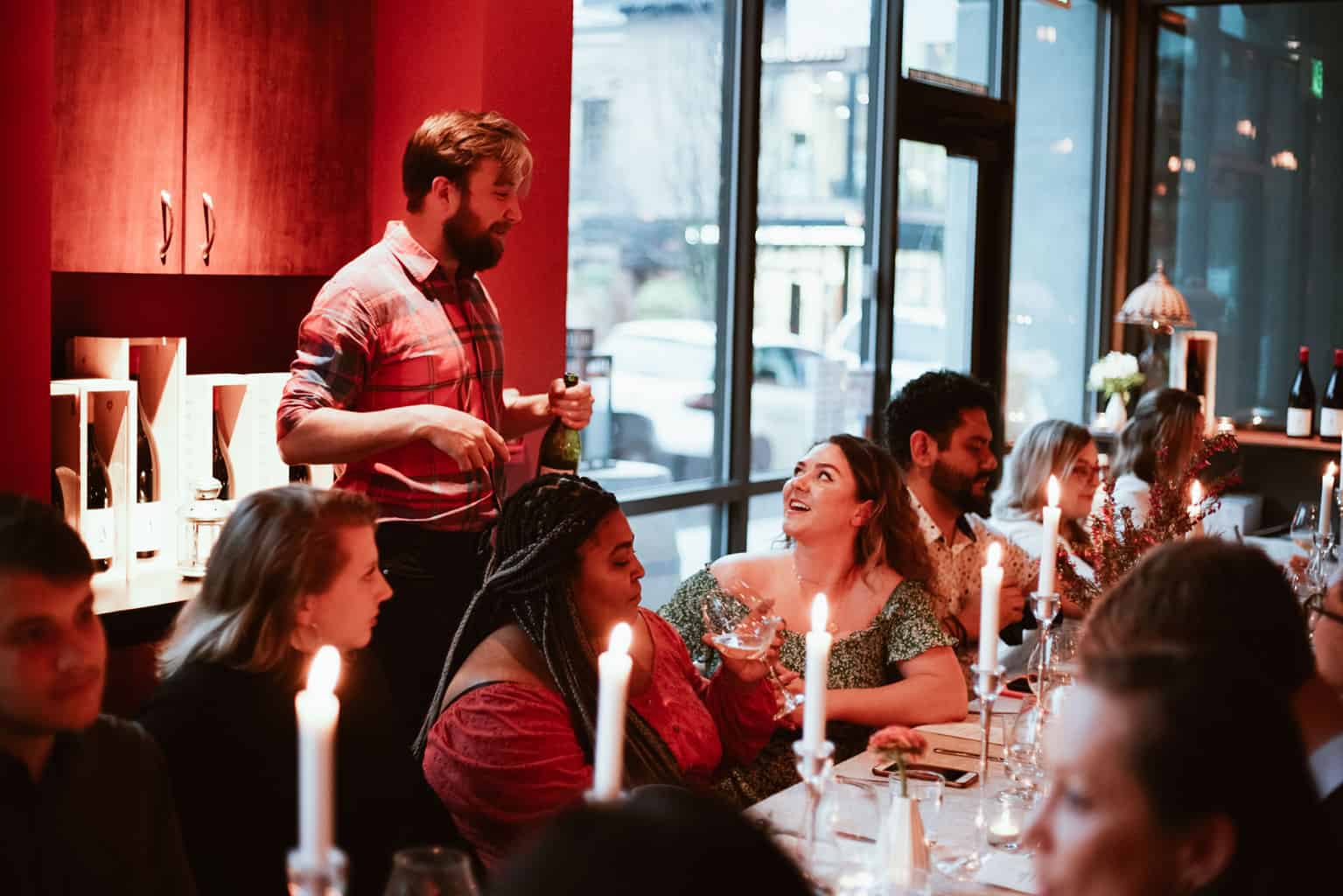2016 Vintage in Willamette Valley – Alex Fullerton Shares Insights
Another stunning Willamette Valley vintage is in the books. The 2016 vintage comes on the heels of the opulent 2014 and the structured 2015 vintages. All three produced fruit-forward wines with 2016 providing more elegance and polish with lifted aromatics. All three of these vintages are considered warm years, but 2016 moderated during the summer compared to 2014 and 2015.

We got off to an early start with plenty of heat right out of the chute. Bud break came early, the shoots grew fast, flowering and fruit set came early. We had early heat the likes of which we had never seen in the Willamette Valley, trumping even the hot and record breaking 2015 vintage. As summer came we were bracing for our third hot one in a row, but instead the weather moderated with warm days and cool nights, free from extreme temperatures, and therefore perfect for optimal flavor development and acid retention in the grapes. By the time veraison (the onset of ripening, where dark grapes start changing color) came, cool weather slowed ripening and we settled into mild and sunny summer weather. Everyone around the valley breathed a sigh of relief—harvest would likely start in September. Except for the late August heat that pushed our earliest-picked Chardonnay to ripeness, we didn’t begin the brunt of harvest until the second week of September. September brought a major cool-down and some precipitation that extended the hang-time for the remaining crop by about a week or two. Then, in the second and third week of September, everything ripened at once, and the winery filled up with grapes quickly. The fruit arrived looking gorgeous, free of mold and full of flavor. Picking lasted from August 29th to September 22nd, with the brunt of our fruit coming as an onslaught during the second and third weeks of September. Even though these picking dates are historically early, we had an incredibly long hang-time in 2016 thanks to the early start in April.
The early heat had already dictated that the tartaric acid (one of two main acids in grapes) levels would be low, but the mild post-veraison temperatures and cool nights allowed the grapes to hold their malic acid (the other major acid in grapes, metabolized as an energy source as the grapes ripen, thus decreasing faster at warmer temperatures).
Traditionally when you look at grape ripeness you consider the sugar content and the acidity of the juice to decide on a harvest date, but another important and often overlooked aspect is physiologic (flavor and tannin) ripeness. The true goal of a grape-grower is to align the sugar, acid, and physiological ripeness so they all reach optimal levels on the harvest date. In reality this is very challenging. The long hang-time and mild weather of 2016 meant that the physiological ripeness came early compared to acid and sugar ripeness. Thus, many could have picked earlier than expected, as sugar increased and acid dropped rapidly at the end, all after flavors fully developed. It can be very tricky for us Oregonians, who are used to waiting and waiting to get out every last bit of flavor and concentration from the grapes in cool vintages, to actually call a pick at the optimal time in warm years. The temptation to wait when weather cooperates can potentially be our downfall in warm (2002, 2008, 2012, 2014, 2016) and hot (2003, 2006, 2009, 2015) vintages, sometimes causing wineries to miss that magical picking window. In 2016 however, many had learned from recent experience, giving us the confidence to call an earlier pick-date.
Overall 2016 looks to be a year that will provide delicious, ripe fruit flavors with smooth textures. They wines will taste great young, but have the stuffing to develop with time. Out of the last three great years, we would not be surprised if ’16 turns out to be our favorite.


